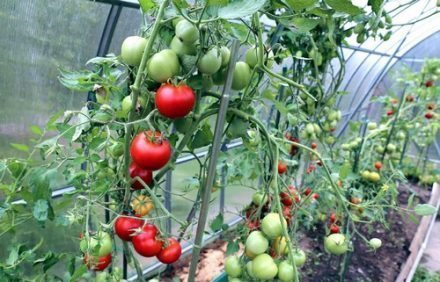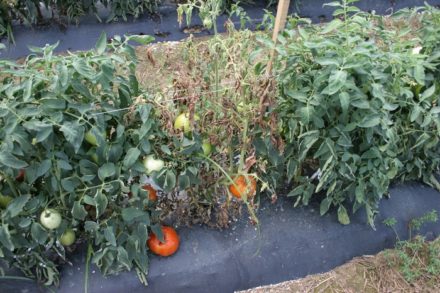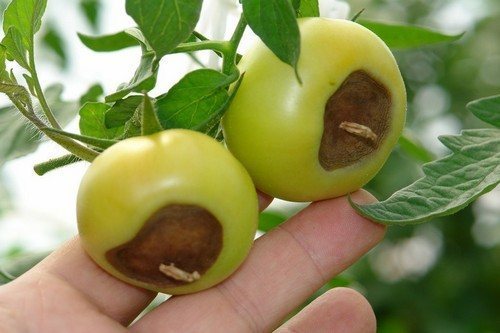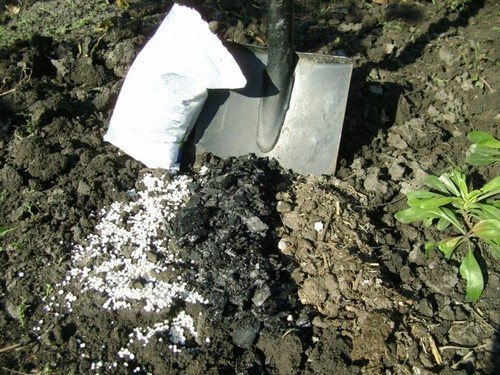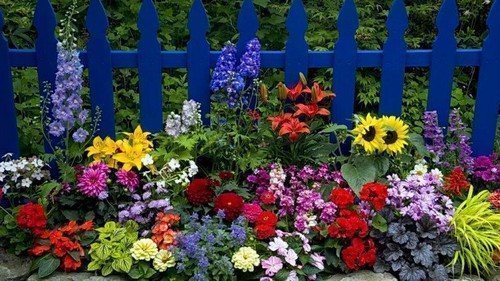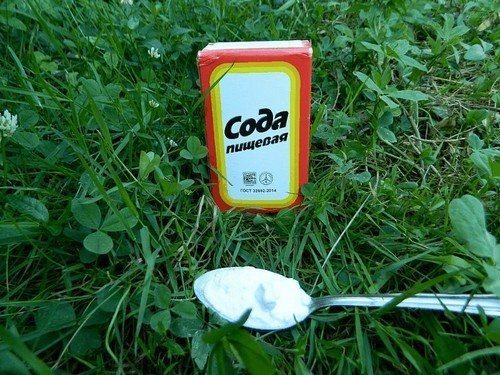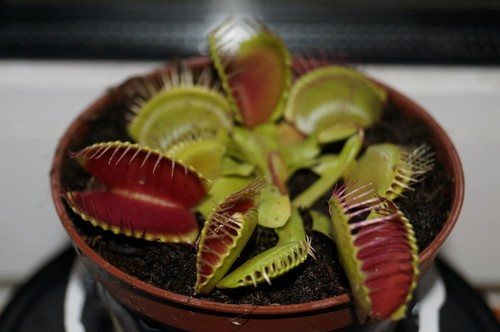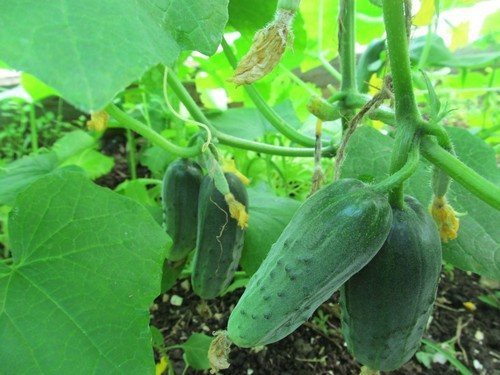Fans of growing their own “golden apples,” that is, tomato fruits, sooner or later encounter the killer of nightshades - late blight. And they come to a consensus that this scourge needs and can be prevented, because when the fruits start to hurt, it’s too late to grab your head.
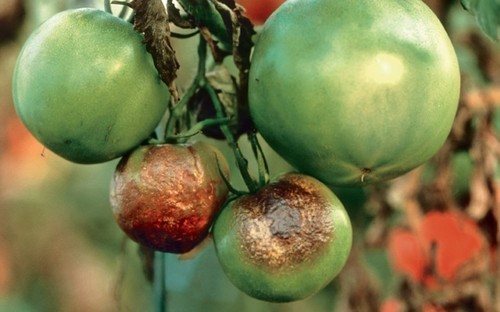
Unlike pests that mutate after chemical attacks, plant diseases remain the same. They lend themselves to time-tested means of prevention and treatment. These are folk methods available to everyone with one condition - you need to be patient and carry them out regularly throughout the season. But isn’t this effort worth it to pick a sugar tomato, ripened on the vine, and treat your child right next to the garden bed, without fear that there is the same chemistry inside and outside?
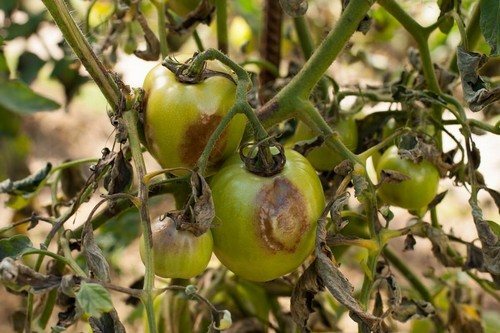
Why folk remedies for late blight need to be used repeatedly
Chemicals that combat plant diseases penetrate into tissues and cells, accumulate there, and are not washed off by rain. The period of their protective action lasts up to a month. This does not mean that after 30 days they disappear from the fruit. They just begin to collapse, concentration decreases and so does the defense.
Folk remedies made from harmless components do not penetrate into the plant and are washed off when it rains or waters. The film they create on the surface is broken as the plant grows. For the protection effect to be permanent, regular treatments must be carried out at least once every 10-14 days.If tomatoes grow without shelter, additional spraying will be required after rain.
Do not forget that all spraying is carried out with fresh solution in the morning before 11 or in the evening after 18 o'clock. The spray should be fine, and the solution should be strained and warm; tomatoes do not like high humidity. You need to process fruits and foliage from the bottom and top sides.
Salt
Treatments with salt begin 2 weeks after planting seedlings in the ground. Salt protects tomatoes from many diseases, creating a protective film, but this is only prevention. Starting in July, before processing, you need to check whether signs of late blight have appeared on the leaves and remove such leaves.
For a 10 liter bucket of warm water with a temperature of 23-25 degrees, take 1 glass of table salt and stir well so that the salt is completely dissolved. Repeat every 7-10 days.
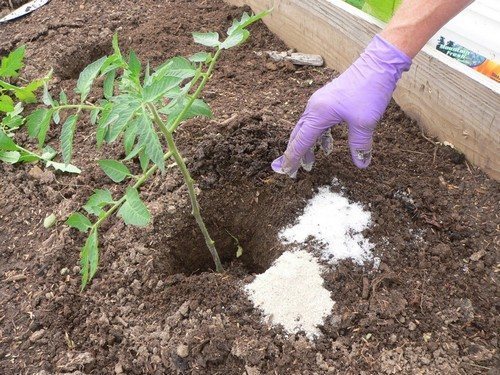
Garlic
This plant, in addition to its preventive effect, kills late blight.
For 1 liter of water, take 1 cup of garlic cloves twisted in a meat grinder. You can use leaves and arrows, but you need to take twice as many of them. The mixture is kept for a day in the dark and filtered. Before spraying, add up to 10 liters of warm water and 2 grams of potassium permanganate (potassium permanganate, which is sold in pharmacies). This is additional protection plus micro-feeding for tomatoes that love potassium.
Treatments begin at the beginning of tomato flowering and then repeat every 10-14 days.
Iodine and whey
The antibacterial qualities of iodine in this recipe are complemented by the acidic reaction of fresh whey. In such an environment, most pathogens of plant infections die.As a trace element, iodine accelerates the ripening of tomato fruits.
To prepare 10 liters of solution, take 9 liters of water and 1 liter of fresh whey, add 20 drops of iodine. The mixture is applied once every 10-14 days, starting from the flowering of plants.
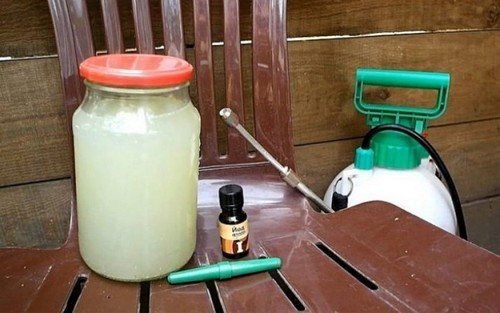
Nettle
The well-known weed, picked before flowering, is a storehouse of valuable substances and microelements. Infusions and decoctions are used both in medicine and for feeding and protecting plants from diseases. Increases the plant's immunity, nourishes it and reduces susceptibility to fungal infections.
1 kg of crushed stinging nettle leaves is boiled in 5 liters of water. Tomato bushes are treated 2 weeks after planting. Repeat once every 2 weeks.
You can infuse nettle for 10-14 days for fermentation. This infusion is considered more useful, but has a specific smell. In this case, half the container is filled with nettles and filled with water; at the end of fermentation, they are diluted 20 times with water. It is advisable to use this method in the first half of summer, during the appearance of the first fruits, since it stimulates the active growth of the entire plant.
Wood ash
The infusion of ash is rich in microelements and potassium, and increases the overall resistance of plants to diseases and pests. Treatment with it begins 10 days after planting the seedlings and until autumn at intervals of 15-20 days.
A ten-liter bucket is filled halfway with ash and filled with hot water. After three days, filter the infusion and dilute it with water 5 times. For adhesion, add 30 grams of liquid laundry soap.
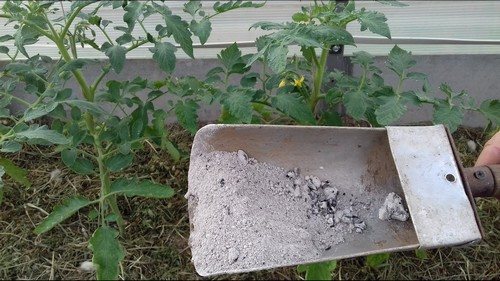
Such simple and environmentally friendly methods are suitable for all gardeners; they do not require wearing gloves or respirators. In addition to protecting against late blight, these products act as foliar plant nutrition. They can be alternated, applied when convenient and without waiting until harvest, like fungicides. The fruits can be consumed on the day of processing.


